The most commonly used gases in Modified Atmosphere Packaging (MAP) are carbon dioxide, nitrogen and oxygen, which are carefully controlled and adjusted based on the specific food product being packaged. Other gases such as argon and hydrogen may also be used in certain applications.
1. Carbon dioxide (CO₂) – This gas is used to inhibit the growth of moulds and bacteria and to maintain product freshness by reducing the oxygen level in the packaging.
2. Nitrogen (N₂) – This inert gas is used to displace oxygen and create a protective atmosphere around the food product, preventing oxidation and spoilage.
3. Oxygen (O₂) – While most MAP applications reduce the oxygen level in the packaging, some foods, such as fresh produce, require a certain level of oxygen to maintain their colour and appearance.
4. Argon (Ar) – This inert gas is sometimes used in combination with nitrogen to create a larger and more stable protective atmosphere for delicate food products.
5. Hydrogen (H₂) – This gas is used in small amounts to increase the shelf life of certain foods, as it has antioxidant properties that can prevent the growth of microbes. It is typically used in a blend with other gases such as nitrogen and carbon dioxide.
To find out more about which gas blend is best for your produce items, you can get in touch with our technical support team here.
